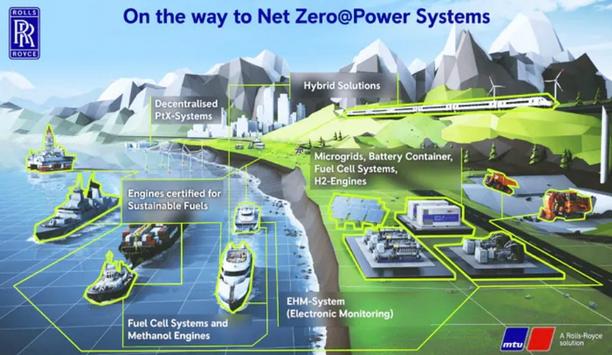SBM Offshore and Ocean-Power are pleased to announce the signing of a Memorandum of Understanding with the intent to collaborate on a floating power generation hub with CO2 capture and storage.
The purpose of the partnership is to assess the technical feasibility and commercial readiness to collaborate on the concept, exclusive to the Norwegian Continental Shelf and United Kingdom Continental Shelf.
Bi-directional transmission structure
- The offshore power hub will apply Ocean-Power’s proprietary “Blue Power Hub” concept, which generates electricity offshore using gas turbines in association with carbon capture and storage, resulting in significantly lower CO2 emissions.
- The hub can be used to power offshore assets via submarine cables and electrify the continental shelf with minimal impact on the national grid, all while balancing wind power capacity in a bi-directional transmission structure.
- The combination of SBM Offshore’s industry-leading offshore experience and Ocean-Power’s technical concept development opens the door to potential joint business development initiatives in the region.
- Through this collaboration, the companies will aim to further decarbonise offshore power generation and make a concrete contribution to carbon neutrality efforts.
Floating energy solutions
Olivier Icyk, Chief Business Officer at SBM Offshore commented: “The signing of this Partnership Agreement marks another step forward to support global decarbonisation efforts in our industry. This opportunity capitalises on both parties’ strengths, and we are pleased to partner up with Ocean-Power, a new player whose development complements our leading expertise in floating energy solutions.”
Erling Ronglan, CEO at Ocean-Power commented: “We are very pleased to establish a new partnership with SBM Offshore, a leading offshore technology provider. Combining the expertise of both companies will be an important step towards electrifying the continental shelf without stressing the national grids. With this agreement, we will accelerate our path towards the 2030 CO2 reduction targets.”



